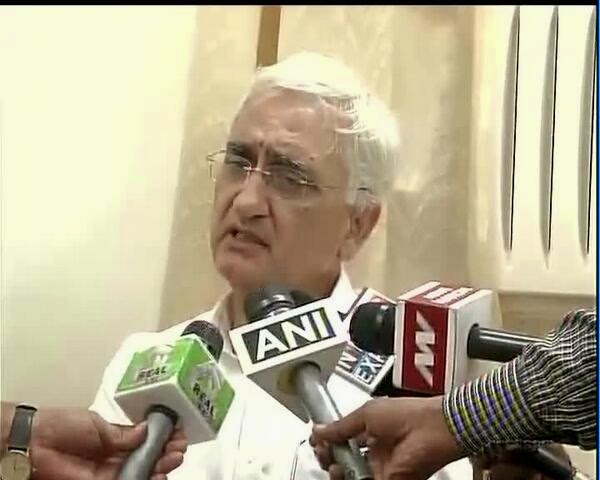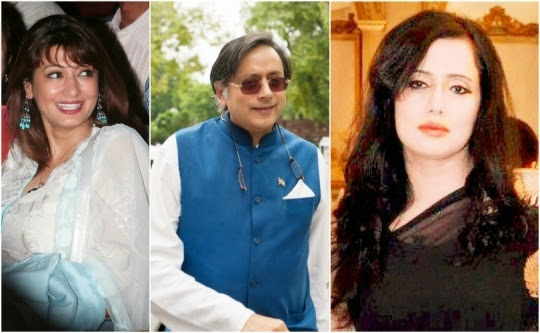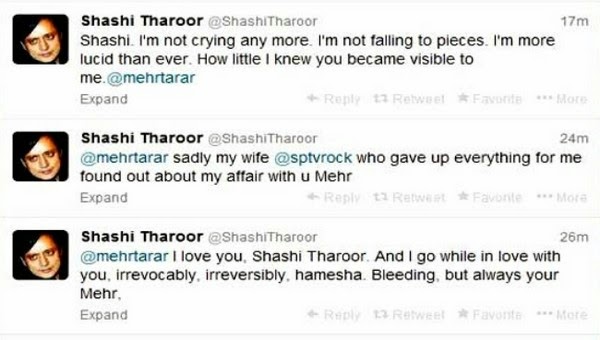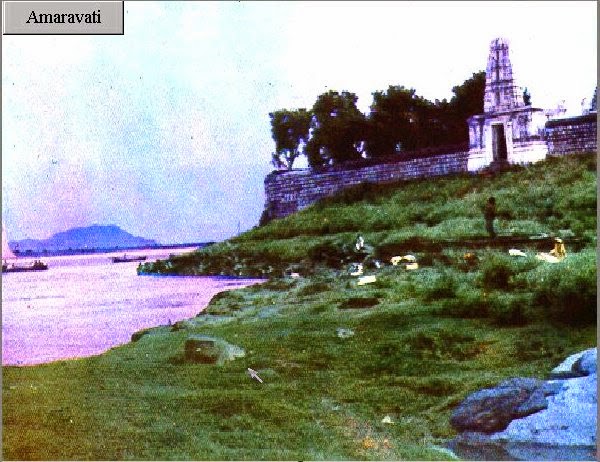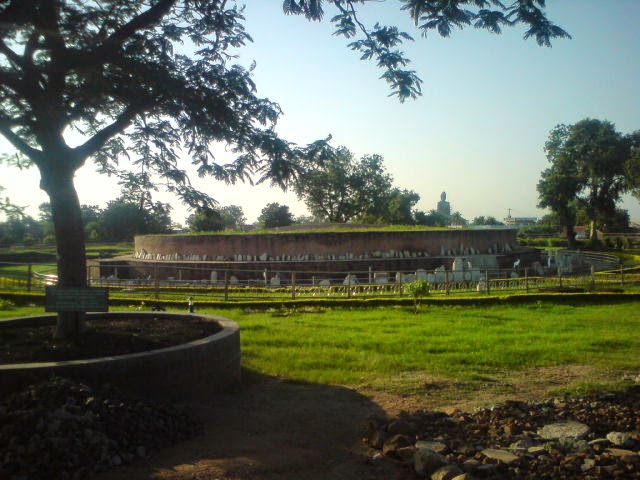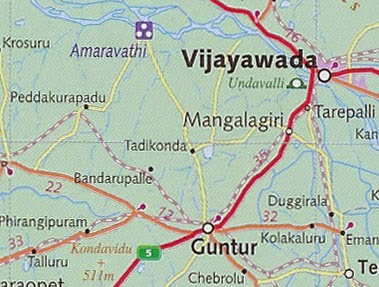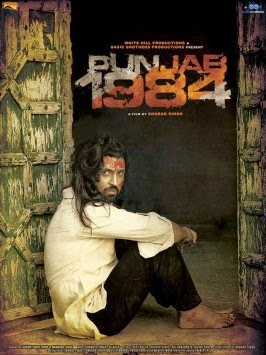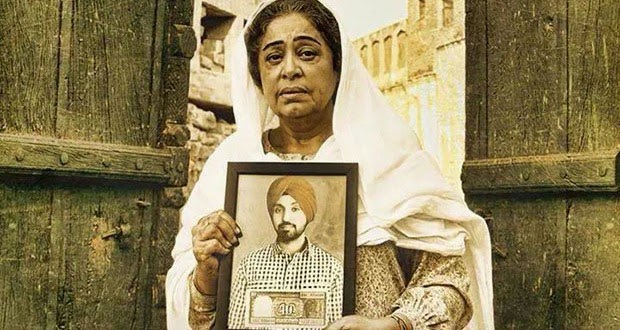“…You might be president of PepsiCo.But when you enter this house,
you’re the wife, you’re the daughter, you’re the daughter-in-law, you’re
the mother. Nobody else can take that place. So
leave that damned crown in the garage”….
Well, we have already noted the example of the ideal Bharatiya Nari- Shrimati Jashodaben Narendrabhai Modi. She still prays daily for the welfare of her missing in action husband and in his glorious victory, her blessings presumably counted just as much as that of the First Mother.
Now we have the self-spoken example of Indra Nooyi who was sent out to get some milk, the night she was informed that she has been appointed President of PepsiCo. Her husband was “tired” and her own mother told her to “leave that damned crown in the garage.”
We are admittedly in awe. In the Bong-world, there are no brave souls who will dare ask the lady of the house to “leave that damned crown in the garage.” Even faux-thugs like Tapas Pal are known to hide behind the convenient pallu (wife, didi) when threatened.
Since we are playing with extra fine Iraqi oil here, let us throw in a matchstick as well. Long long time ago, when we were looking to “settle down” a suitable boy gave us the ultimate advice about Indian women. North Indian ladies, he claimed, were modern on the outside (traditional inside), while South Indian ladies were the opposite. How about Bongs? Well, it is your destiny to be oppressed for the rest of your life!!!
……..
While interviewing Indra K Nooyi, the CEO of PepsiCo, at the Aspen Ideas Festival Monday, David Bradley,
who owns The Atlantic, asked two questions that elicited as frank a
discussion of work-life balance as I’ve seen from a US CEO. Below is a
lightly edited transcript. The second question was preceded by a brief
discussion of Anne-Marie Slaughter’s “Why Women Still Can’t Have It
All.”
You come home one day as president of the
company, just appointed, and your mom is not that impressed. Would you
tell that story?
This is about 14 years ago. I was working in the office. I work very late, and we were in the middle of the Quaker Oats
acquisition. And I got a call about 9:30 in the night from the existing
chairman and CEO at that time. He said, Indra, we’re going to announce
you as president and put you on the board of directors … I was
overwhelmed, because look at my background and where I came from — to be
president of an iconic American company and to be on the board of
directors, I thought something special had happened to me.
So rather than stay and
work until midnight which I normally would’ve done because I had so much
work to do, I decided to go home and share the good news with my
family. I got home about 10, got into the garage, and my mother was
waiting at the top of the stairs. And I said, “Mom, I’ve got great news
for you.” She said, “let the news wait. Can you go out and get some
milk?”
I looked in the garage and it looked like my husband was
home. I said, “what time did he get home?” She said “8 o’clock.” I
said, “Why didn’t you ask him to buy the milk?” “He’s tired.” Okay. We
have a couple of help at home, “why didn’t you ask them to get the
milk?” She said, “I forgot.” She said just get the milk. We need it for
the morning. So like a dutiful daughter, I went out and got the milk and
came back.
I banged it on the counter and I said, “I had great
news for you. I’ve just been told that I’m going to be president on the
Board of Directors. And all that you want me to do is go out and get
the milk, what kind of a mom are you?”
And she said to me, “let
me explain something to you. You might be president of PepsiCo. You
might be on the board of directors. But when you enter this house,
you’re the wife, you’re the daughter, you’re the daughter-in-law, you’re
the mother. You’re all of that. Nobody else can take that place. So
leave that damned crown in the garage. And don’t bring it into the
house. You know I’ve never seen that crown.”
What’s your opinion about whether women can have it all?
I don’t think women can have it all. I just don’t think so. We pretend
we have it all. We pretend we can have it all. My husband and I have
been married for 34 years. And we have two daughters. And every day you
have to make a decision about whether you are going to be a wife or a
mother, in fact many times during the day you have to make those
decisions. And you have to co-opt a lot of people to help you. We
co-opted our families to help us. We plan our lives meticulously so we
can be decent parents. But if you ask our daughters, I’m not sure they
will say that I’ve been a good mom. I’m not sure. And I try all kinds of
coping mechanisms.
I’ll tell you a story that happened when my
daughter went to Catholic school. Every Wednesday morning they had
class coffee with the mothers. Class coffee for a working woman — how is
it going to work? How am I going to take off 9 o’clock on Wednesday
mornings? So I missed most class coffees. My daughter would come home
and she would list off all the mothers that were there and say, “You
were not there, mom.”
The first few times I would die with
guilt. But I developed coping mechanisms. I called the school and I
said, “give me a list of mothers that are not there.” So when she came
home in the evening she said, “You were not there, you were not there.”
And I said, “ah ha, Mrs. Redd wasn’t there, Mrs. So and So wasn’t there. So I’m not the only bad mother.”
You know, you have to cope, because you die with guilt. You just die
with guilt. My observation, David, is that the biological clock and the
career clock are in total conflict with each other. Total, complete
conflict. When you have to have kids you have to build your career. Just
as you’re rising to middle management your kids need you because
they’re teenagers, they need you for the teenage years.
And
that’s the time your husband becomes a teenager too, so he needs you
(laughing). They need you too. What do you do? And as you grow even
more, your parents need you because they’re aging. So we’re screwed. We
have no … we cannot have it all. Do you know what? Coping mechanisms.
Train people at work. Train your family to be your extended family.
You know what? When I’m in PepsiCo
I travel a lot, and when my kids were tiny, especially my second one,
we had strict rules on playing Nintendo. She’d call the office, and she
didn’t care if I was in China, Japan, India, wherever. She’d call the
office, the receptionist would pick up the phone, “Can I speak to my
mommy?” Everybody knows if somebody says, ‘Can I speak to mommy?’ It’s
my daughter. So she’d say, “Yes, Tyra, what can I do for you?”
“I want to play Nintendo.”
So she has a set of questions. “Have you finished your homework?” Etc. I
say this because that’s what it takes. She goes through the questions
and she says, “Okay, you can play Nintendo half an hour.” Then she
leaves me a message. “Tyra called at 5. This is the sequence of
questions I went through. I’ve given her permission.” So it’s seamless
parenting.
But if you don’t do that, I’m serious, if you don’t
develop mechanisms with your secretaries, with the extended office, with
everybody around you, it cannot work. You know, stay at home mothering
was a full time job. Being a CEO for a company is three full time jobs
rolled into one. How can you do justice to all?
You can’t. The
person who hurts the most through this whole thing is your spouse.
There’s no question about it. You know, Raj always said, you know what,
your list is PepsiCo, PepsiCo, PepsiCo, our two kids, your mom, and then
at the bottom of the list is me. There are two ways to look at it.
(laughing) You should be happy you’re on the list. So don’t complain.
(laughing) He is on the list. He is very much on the list. But you know,
(laughing) sorry, David.
…….
Link: http://timesofindia.indiatimes.com/business/india-business/Women-cannot-have-it-all-PepsiCo-CEO-Indra-Nooyi-says/pmarticleshow/37689157.cms
…….
regards
